How Do I Choose Which Details To Draw In Non-photorealistic Art? I Feel So Tempted To Try And Draw Everything,
How do I choose which details to draw in non-photorealistic art? I feel so tempted to try and draw everything, but then it looks too busy and cluttered. So many illustrators seem to have a balance of realistic proportions and stuff but not as many details
In semi-realistic styles, you have to choose what to keep and what to simplify. My advice would be to keep detail in the areas of focus (the face and the hands are good points of focus). Within the face, you also have smaller areas of focus, such as the eyes, nose, and mouth.
If you’re having trouble with drawing TOO much detail, try this exercise:
1) Try to draw the body/object/face in as few lines as possible while still looking like the original.
2) Then, figure out which parts look weird without the detail (the face, and eyes especially, will probably look flat or fake) and add in as much as needed.

Also! Don’t be afraid to look at those illustrators you think are doing this well and studying where they put how much detail in their drawings. You can learn a lot from observing other artists!
-Mod Future (ko-fi)
More Posts from Aether1984 and Others
How to draw a basic head construction
By REIQ

Ramon Hurtado’s demo after Rubens, step by step
Although I dont have anything to submit, (and the submit seems closed anyway.) Do you have any tips on how to draw suits? Ive used references, but I still dont feel like I have the hang of it.
This was from a while back but I’ve gathered some suit references to help! aaa.
Drawing suits is different than “regular” clothes, I guess, because there’s a specific way for them to look. Very sharp and angular! So when I block in creases, I tend to use triangular or boxy shapes instead of soft curves, to give it a crisper look!

I also don’t use TOO many creases because that can muddy up the simplified style I tend to work in. For more realistic styles, or detail-oriented styles, definitely look towards something like this:


SOURCE:
(hakubi8888 on Twitter has fantastic suit reference)
(Same person. This is their blog; only japanese but you can glean most of it from auto-translation)
An exercise you might consider doing is taking a pillow you’ve got and twisting or punching it a few times, then drawing the outcomes. The pillowcase has a sheen to it that looks like suit fabric. Although it might be a bit thinner than a suit fabric, you still get that cloth fold you can practice from!
-Mod Future (ko-fi)
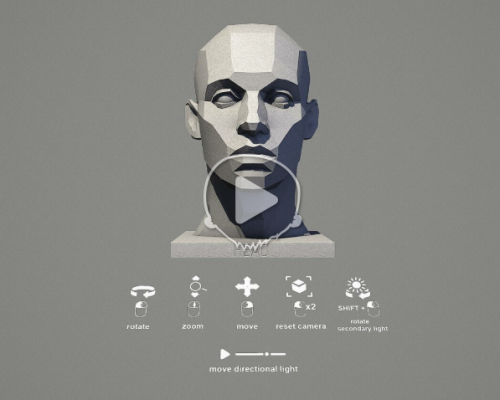
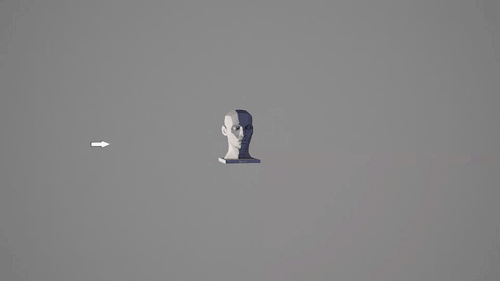

MALE HEAD LIGHT REFERENCE TOOL by William Nguyen
Click here to use the interactive reference!


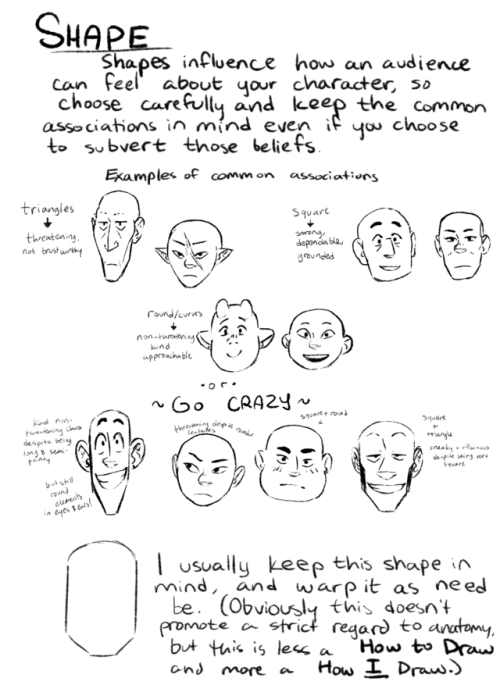


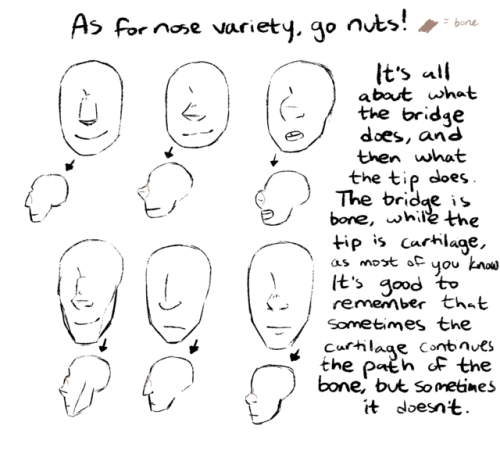



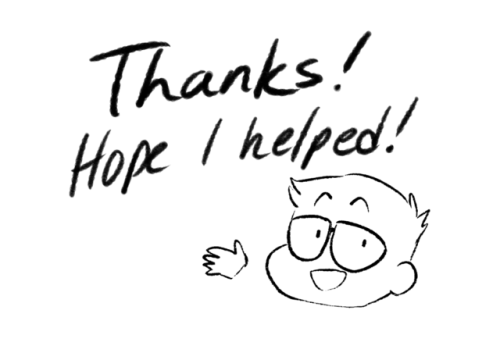
i didn’t mean to make this so long but i wanted to both analyze my own style and give other people a look into it! I hope someone can find some use for it!

Hii i'm really really sorry if i bother you with this, i just love your art and you inspired me to draw. I have been struggling with shadows and colours. Do you have any advices? For example, when i'm painting the hair idk how to make the shadow, should i paint it with a dark colour? I am really confused when it comes to curly hair or Even straight hair. I mean i know that i have to use a colour palette but idk how to paint it. idk the technics sorry for this and my bad english :(
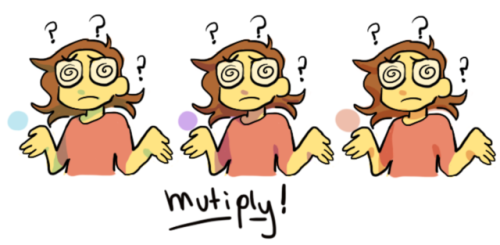

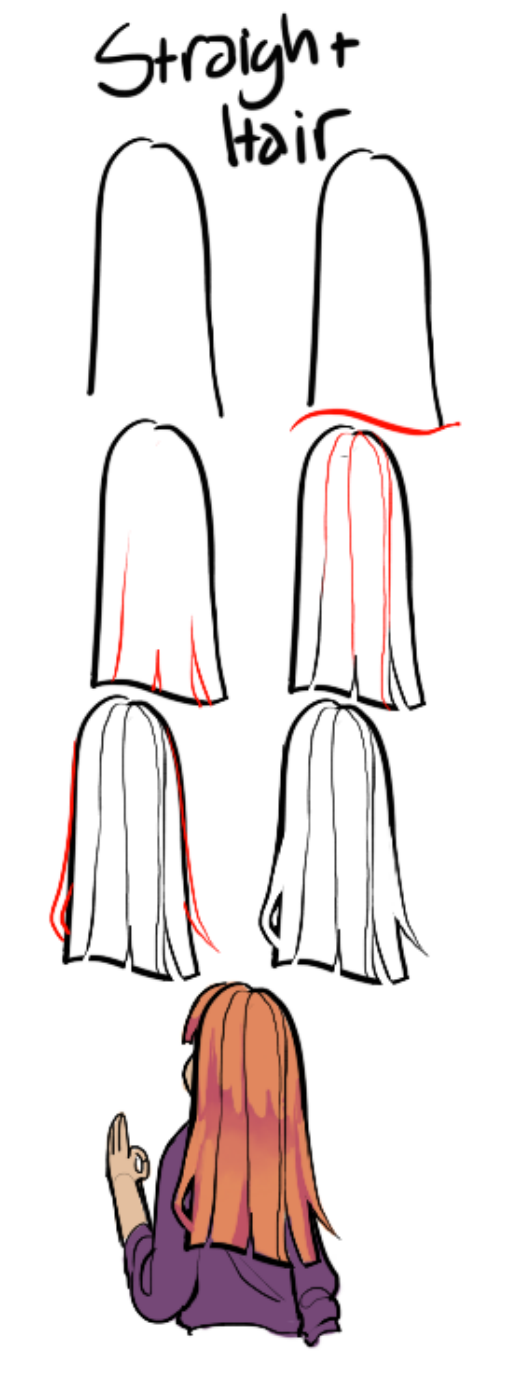
Hello and thank you! I hope these help… Using a multiply layer is a really good thing for easy shadows! I usually use greenish blue, purple, or red. I drew some easy ways to draw hair too!
Your English is very good!! I hope you have a lovely day :)
Do you have any tips for drawing body horror/ horror in general?
ooh ooh imma put this one under a cut cuz it’s gonna be long
Keep reading
Hi there I am a person trying to learn art but I was wondering if you could make a endo sketch of a person please and could you make a mans body bc I am not very good at it it would be really help full plus it doesn’t have to be the best work you’ve ever made just a nice endo sketch please
okay hahhahah
actually, those are the only things I remember while drawing and I am so used to them that I'm not even sure if I use them at all XD
But yea! Here you go! If you want me to draw a female body, I can do that too uwu



Can we c̸̡̢͎̦̖̈́ ą̷̦̩̼͎̜̓̑̄̔́͝ͅͅͅ n̷̨̝̯̙̤͆̈̇́ͅ c̴͕͓̰̦̪̭͎͖̠̋͒̀͜ ę̷̧̙͖̼̘̦̬̦̺̈͒͆͊͝ l̵̜͉͓̥͊̑͛̚̕ shoulders?
They have no right to be this hard to draw.
Varying Your Body Types
By me, Sara D. (Heh.)
I think it’s very important for artists to vary the types of bodies they draw! Not only does it add visual interest and diversity, but different body types can enhance your characters! (Plus it’s more realistic; when was the last time you walked down the street and everyone had the same body type?) I know I have a hard time drawing different bodies, especially with men, so I’m making this tutorial to teach myself as well (I’ve heard the best way to cement learning something is to teach someone else).
So! Bodies! I’m going to use women for this tutorial because I feel they have more variety in their bodies. One of the most obvious ways bodies differ is in their amount of fat.
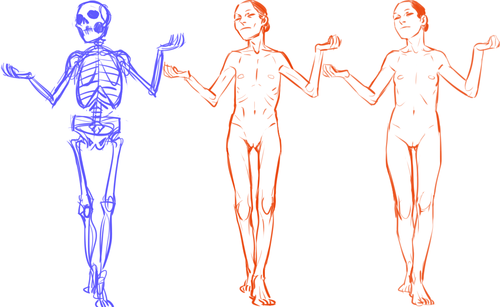



[Click here for full size]
On average, people store fat mostly in core areas like the bust, the waist, and the hips. It is important to remember that people gain and lose weight differently, and this is true no matter how fat or skinny one gets. However, these are common places people store fat:

The face and neck can be immediate indicators as to how much fat the rest of the body has; when someone loses or gains weight, it’s initially obvious in the face. This is possibly because the eye is (usually) drawn first to the face.
In addition to differences in the amount of body fat, bodies vary vastly in their proportions. The two main ways they differ is skeletally and in fat distribution. The hip to shoulder ratio is skeletal, and someone with wider shoulders might look more powerful or masculine, and someone with wider hips might look more grounded or feminine.
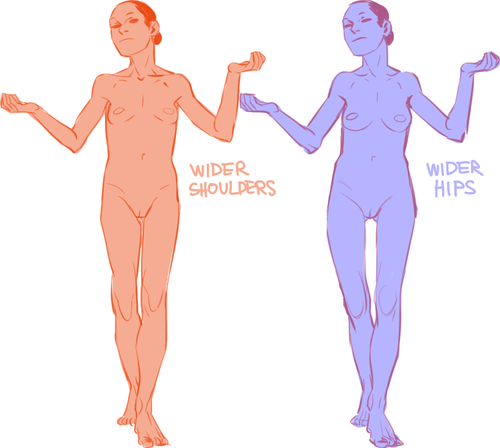
The torso to legs ratio is also a skeletal ratio. Someone with long legs in comparison with their torso might look taller than someone of the same height with a long torso, and they might also look skinnier.

(I say as I finally get some visual variety all up in here.)
Because the hips are also one of the places with the most weight gain in women, large hips can also be a matter of fat distribution. The three main places where the fat ratio really matters is in the bust, the waist and the hips (making up the core of the body).
While men usually carry weight in the belly area, the fat distribution can really vary with women. Some women carry more weight in the bust, some in the belly, and some in the hips/thighs. Some women carry more weight in two areas, like the bust and the hips, the bust and the belly, or the belly and the hips. Some women show no obvious bias to any area and carry weight equally.

[Click here for full size]
Taking into account skeletal ratios, fat distribution patterns, a vast human weight range, muscle tone and age, there are endless permutations of body types. It would be a shame if you used only one!
Oh, and that first image looks really interesting as a gif.
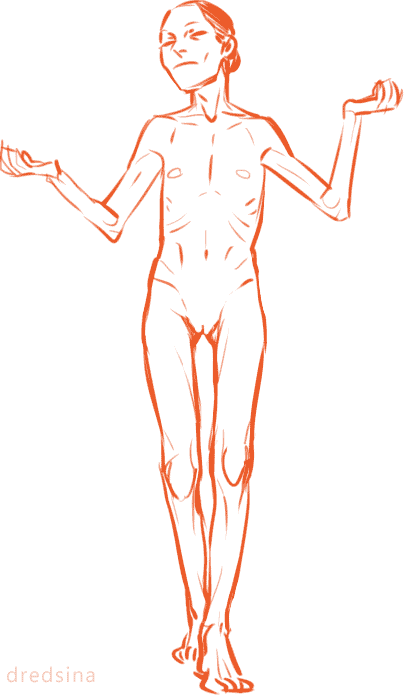
-
 alijatoni liked this · 3 years ago
alijatoni liked this · 3 years ago -
 thenandnowandthen liked this · 3 years ago
thenandnowandthen liked this · 3 years ago -
 kaleido-vision reblogged this · 3 years ago
kaleido-vision reblogged this · 3 years ago -
 ventifrappa liked this · 4 years ago
ventifrappa liked this · 4 years ago -
 fangirlingatstuff liked this · 4 years ago
fangirlingatstuff liked this · 4 years ago -
 the-smell-of-fuuurl reblogged this · 4 years ago
the-smell-of-fuuurl reblogged this · 4 years ago -
 the-smell-of-fuuurl liked this · 4 years ago
the-smell-of-fuuurl liked this · 4 years ago -
 bangtsea liked this · 4 years ago
bangtsea liked this · 4 years ago -
 wlfby liked this · 4 years ago
wlfby liked this · 4 years ago -
 rachel78-99 liked this · 4 years ago
rachel78-99 liked this · 4 years ago -
 satan-general-irl liked this · 4 years ago
satan-general-irl liked this · 4 years ago -
 dohorwarmautumn liked this · 4 years ago
dohorwarmautumn liked this · 4 years ago -
 qwenck liked this · 4 years ago
qwenck liked this · 4 years ago -
 dohorwarmautumn reblogged this · 4 years ago
dohorwarmautumn reblogged this · 4 years ago -
 honeydew-sencha liked this · 4 years ago
honeydew-sencha liked this · 4 years ago -
 someloozer liked this · 5 years ago
someloozer liked this · 5 years ago -
 someloozer reblogged this · 5 years ago
someloozer reblogged this · 5 years ago -
 schisophrenic liked this · 5 years ago
schisophrenic liked this · 5 years ago -
 queenjazzyart liked this · 5 years ago
queenjazzyart liked this · 5 years ago -
 derelict-spectre reblogged this · 5 years ago
derelict-spectre reblogged this · 5 years ago -
 soupsquad4chemist reblogged this · 5 years ago
soupsquad4chemist reblogged this · 5 years ago -
 barkdivine liked this · 5 years ago
barkdivine liked this · 5 years ago -
 lightcyclerun liked this · 6 years ago
lightcyclerun liked this · 6 years ago -
 endlesscolddreams liked this · 6 years ago
endlesscolddreams liked this · 6 years ago -
 kitty-kat-comic liked this · 6 years ago
kitty-kat-comic liked this · 6 years ago -
 aninfinityoffandoms liked this · 6 years ago
aninfinityoffandoms liked this · 6 years ago -
 iiguess reblogged this · 6 years ago
iiguess reblogged this · 6 years ago -
 shinokanateru liked this · 6 years ago
shinokanateru liked this · 6 years ago -
 entrance-exam-prep reblogged this · 6 years ago
entrance-exam-prep reblogged this · 6 years ago -
 clefairy-says reblogged this · 6 years ago
clefairy-says reblogged this · 6 years ago -
 thedrunknextdoor liked this · 6 years ago
thedrunknextdoor liked this · 6 years ago -
 oreos-and-korra liked this · 6 years ago
oreos-and-korra liked this · 6 years ago -
 mavenrookdraws-blog reblogged this · 6 years ago
mavenrookdraws-blog reblogged this · 6 years ago -
 asandygraves liked this · 6 years ago
asandygraves liked this · 6 years ago -
 dawnhasrisen liked this · 6 years ago
dawnhasrisen liked this · 6 years ago -
 red-skady liked this · 6 years ago
red-skady liked this · 6 years ago -
 darlingreposts reblogged this · 6 years ago
darlingreposts reblogged this · 6 years ago -
 darlingrascal liked this · 6 years ago
darlingrascal liked this · 6 years ago -
 starzapfire-blog liked this · 6 years ago
starzapfire-blog liked this · 6 years ago -
 ammonoideas liked this · 6 years ago
ammonoideas liked this · 6 years ago -
 unbuenpanconqueso-blog liked this · 6 years ago
unbuenpanconqueso-blog liked this · 6 years ago